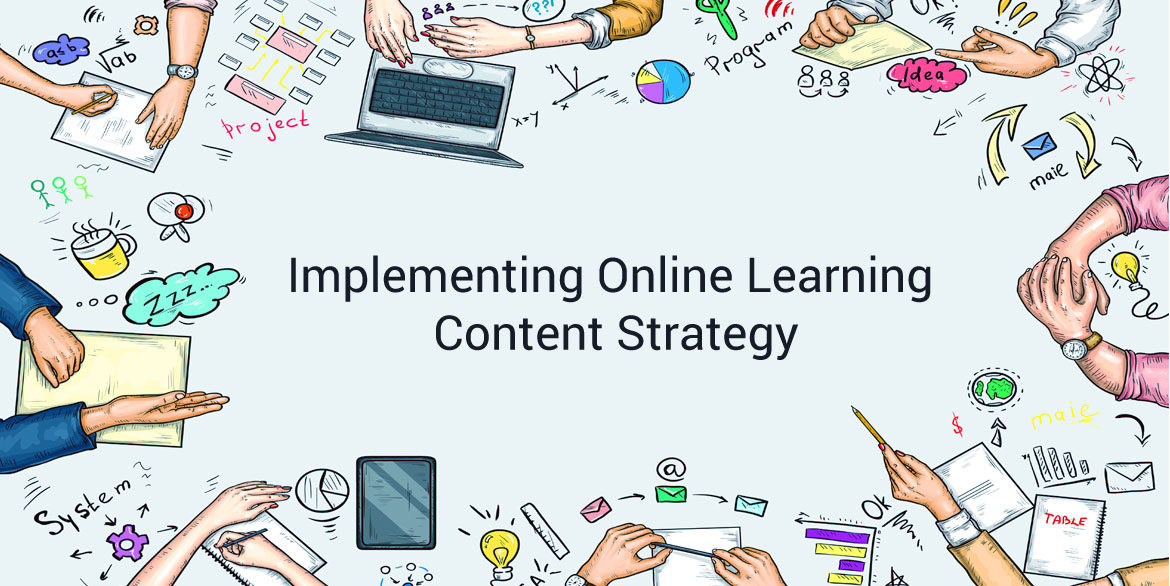
Implementing a content strategy for online learning can be a daunting task, no matter the size of the school or a college. It can be intimidating in the absence of a precise framework and tools to execute it.
A few years ago, educational courses meant one thing and content meant another. Courses were books, files, and papers, while the content was documents, audio & video files, PDFs, images etc. Education has technologically evolved, both courses and content complete each other. Now, courses are slid under content.
The Problem
Implementation of an online learning management system has not resulted in positive experiences or outcomes for students and educators. Most content is self-generated, acquired from vendors, outsourced, compiled online, curated, and finally, hosted on to learning systems. Compiled content is seldom beneficial to learners, educators, and organizations. Assuming the compiling model will work miracles and improve learning can be disastrous because the content may lack effectiveness, correct and precise information.
Content is under constant development, while little is done on improving online content strategy. But things are changing.
What is an online content strategy?
The term ‘content strategy’ isn’t new, widely used in online marketing than online learning space. An online content strategy is a piece of a learning or education plan that refers to the management of written, visual, and downloadable media.
Five Steps
An Online Content Strategy comprises five steps:
- Create: Create original content and identifying the location of hosting the content for learners.
- Analyze: The second step is making the content effective for learners through continuous analyses.
- Measure: This step includes analytical data and reports from the online learning management system. It is an ongoing process.
- Promote: This step follows the moment content is added to an online learning system. This too is an ongoing process.
- Optimize: Based on the third step, optimizing the content is another ongoing step. Optimizing makes the content better, engaging, and educational.
There’s one more step to churn out the best online content strategy, going back to step 1 whilst optimizing.
Courses are based on the unique learning needs; so, it is important to define the purpose of the learning courses by constantly assessing the effectiveness of the content, what students and educators are looking for, how long, and how often they are doing it.
To make online learning engaging, interactive, and encourage its usage, education institutions should prioritize implementation of the content strategy for positive and fulfilling student-educator experience.
